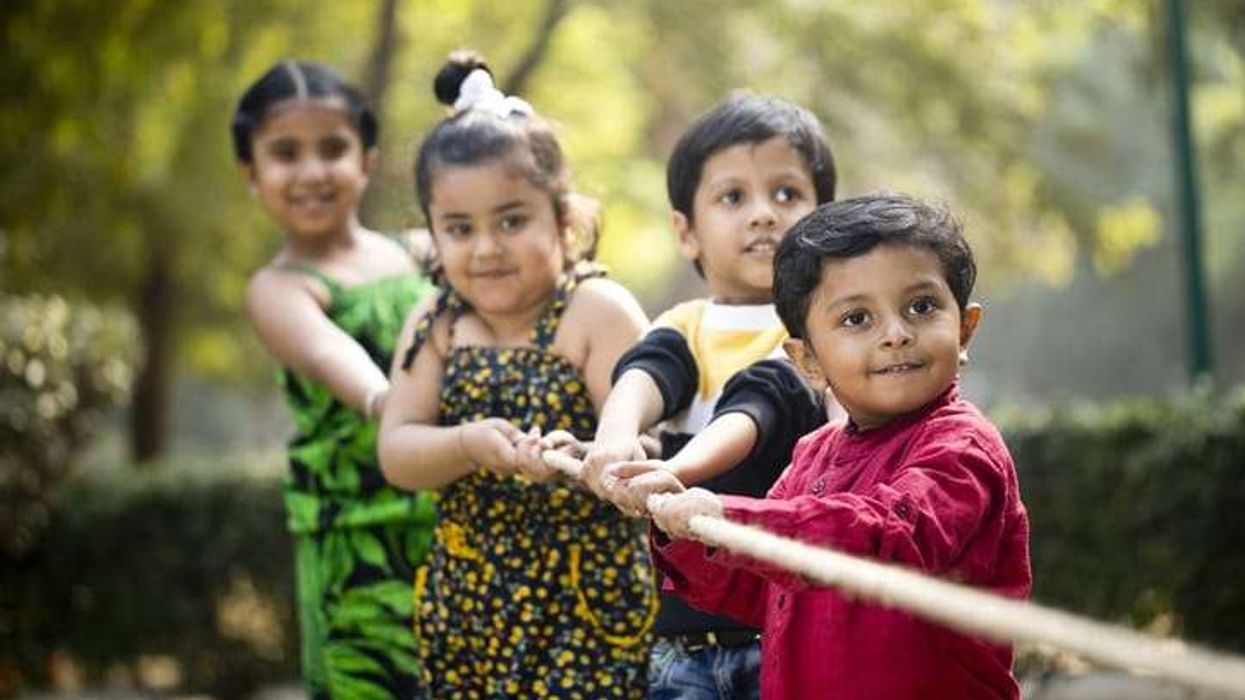BRITS start eating Indian food at a much younger age as one in five enjoys their first 'curry' before their 10th birthday, survey shows.
The survey by online takeaway platform Foodhub has found out that Tikka Masala is the favourite UK curry followed by Korma and Rogan Josh.
The other 'hot' choices are Madras, Jalfrezi, Vindaloo, Balti, Bhuna, Pasanda and Dopiaza.
The firm surveyed 2,000 takeaway fans during the onging national curry week from October 5 to 11.
Interestingly, Britain’s No1 curry Tikka Masala is under serious threat from hotter curries like Rogan Josh, Madras and even Vindaloo.
According to the survey, 24 per cent of respondents are now eating hotter curries than when they first tasted Indian food, 23 per cent eat both hot and mild curries, and 7 per cent say they have always eaten hot curries. Just 45 per cent have stayed with mild curry like Tikka Masala.
The Foodhub data shows that 11 per cent eat curry between 3 – 7 times per week, with a further 22 per cent eating curry at least once a week and only 10 per cent never eating curry.
Besides, 25 per cent of the respondents said they always go to the same Indian takeaway, and 38 per cent alternate between 2-3 takeaways.
The average cost of a takeaway curry in the UK in 2020 is now £9.19, including rice, according to the data.
Pillau rice (45 per cent) is the UK’s favourite curry accompaniment, followed by boiled rice (20 per cent).
Naan bread the UK’s favourite curry sundry (64 per cent), followed by the Chapatti (10 per cent). And 24 per cent of people always order pappadoms and chutney with their curry.
The study also revealed that the Welsh are the youngest on average to first try curry (16 years and 1 month).
“Londoners are, by some distance, the biggest fans of curry in the UK. Londoners eat curry most often – 2-3 times per week (15 per cent), with those in the North-west second, based on 2-3 times per week (10 per cent). Scotland comes in third (8 per cent eating 2-3 times per week)," said Foodhub spokesman Wil Chung.
“Londoners also like hot curries the most - with 23 per cent of them choosing a madras, followed by Wales (20 per cent) and the North-west (19 per cent). And those living in London are most likely to move on quickly to hot curries, followed by those in Yorkshire."












